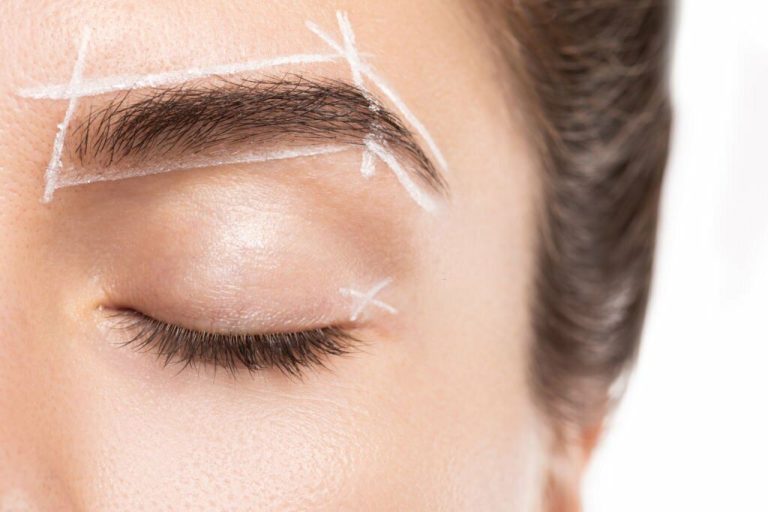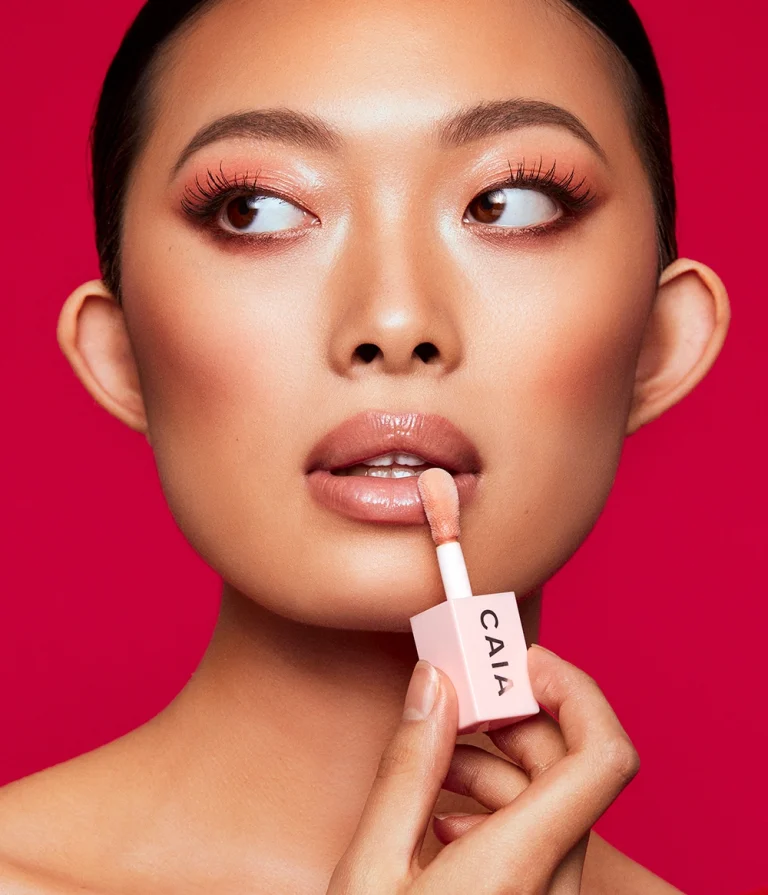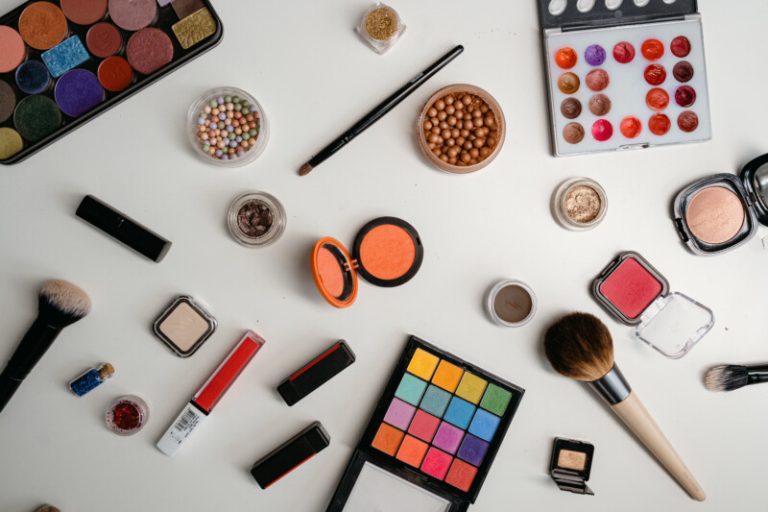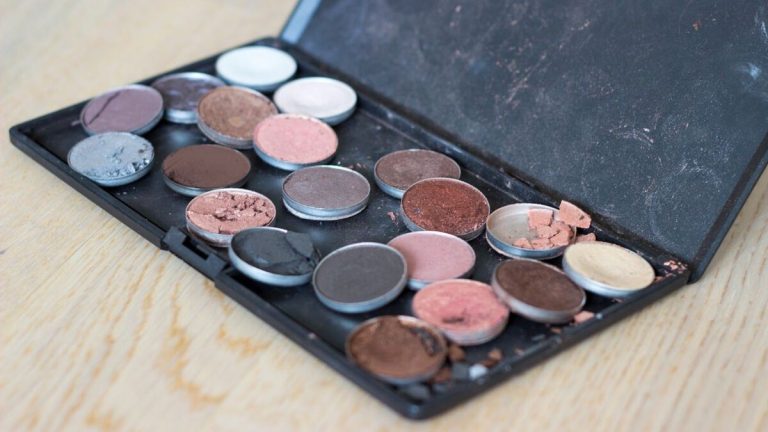Does Shea Butter Clog Pores?
Shea butter has become an increasingly popular ingredient in skincare and cosmetics over the last few years. With its ultra-moisturizing properties and skin-healing benefits, it’s easy to see why. However, its thick, oily texture leaves some people wondering: does shea butter clog pores?
As someone with acne-prone skin myself, I completely understand the concern. The last thing we want is to slather on a new product, only for it to make breakouts worse. So I decided to get to the bottom of the debate on shea butter and clogged pores. Keep reading to find out what I discovered.
What Does Comedogenic/Non-Comedogenic Mean?
Contents
Before we dive into shea butter specifically, let’s clarify what it means for an ingredient to be comedogenic or non-comedogenic.
Comedones are what we commonly refer to as blackheads – pores clogged with excess oil and dead skin cells.
Comedogenic refers to ingredients that tend to clog pores and promote comedone formation. Non-comedogenic is the opposite – ingredients that don’t clog pores.
Here’s the important part – whether or not an ingredient is comedogenic depends largely on your unique skin type. What breaks one person out may have zero negative effects for another. When researching comedogenicity, it’s essential to consider your own skin’s tendencies.
Is Shea Butter Comedogenic?
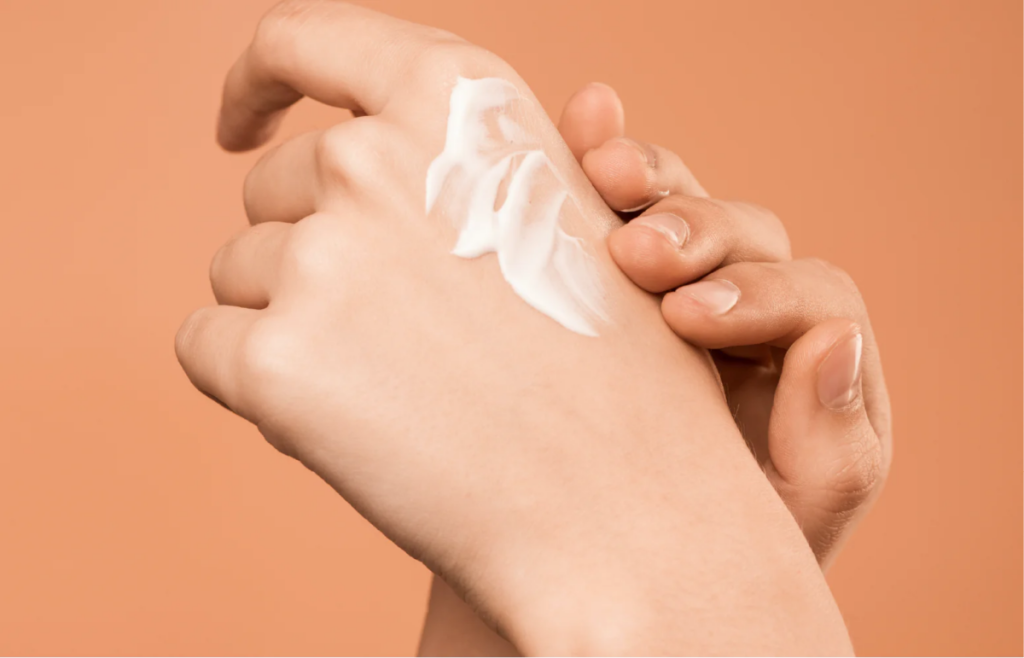
After checking multiple reputable sources, I can confirm that shea butter is not classified as a comedogenic ingredient. It is generally considered non-comedogenic, meaning it won’t directly clog pores or cause acne for most people.
However, shea butter is very thick and oil-rich by nature. Pure, unrefined shea butter may feel heavy on acne-prone skin. While the shea butter itself won’t clog pores, its ultra-hydrating abilities could potentially lead to excess oil production.
So in summary – shea butter won’t directly clog pores, but using pure shea on breakout-prone skin could contribute to oiliness and indirectly promote acne. With that said, shea butter contains natural antibacterial properties that could help treat existing acne. It’s all about proper application.
What Is Shea Butter?
To understand shea butter’s skincare benefits and potential drawbacks, it helps to know where it comes from and how it’s made.
Shea butter is extracted from the nut of the African shea tree, which is native to several African countries. Producing shea butter provides essential economic support, especially for female workers.
The Global Shea Alliance promotes sustainability and ethical practices within the shea trade. They work to empower African women and support biodiversity in shea-producing areas.
After collection and crushing of the shea nuts, the extracted oils are hand processed into pure, nutrient-rich shea butter. Unrefined shea butter maintains its vitamins, minerals and other components like:
- Vitamins A, E, and F
- Carotenoids
- Fatty acids like oleic, stearic, palmitic acids
- Allantoin
- Phytosterols
- Polyphenols
- Triterpenes
These natural nutrients make shea butter ultra-moisturizing and beneficial for skin.
The Benefits of Shea Butter

Once you understand what shea butter is made of, its skincare superpowers make perfect sense. Here are some of the top benefits your skin can reap from shea butter:
Ultra-Hydrating – Shea butter contains oleic, stearic, and palmitic acids that deeply nourish skin and help retain moisture.
Protective – The phytosterols and triterpenes in shea butter help protect skin from environmental stressors.
Sun Protection – Shea butter’s vitamins and fatty acids help protect skin from UV radiation and cellular damage.
Anti-Aging – Vitamins A, E, and C in shea fight free radicals to prevent premature aging.
Healing – It provides healing benefits for issues like scarring, peeling, sunburns, frost bite, acne, and wrinkles.
With all these amazing benefits, it’s no wonder shea butter is everywhere these days. But what about using shea butter if you’re acne-prone?
Is Shea Butter Good For Acne?
With its stellar nutrient profile, shea butter can actually help clear up acne and reduce scarring. Here’s how:
- It has antibacterial properties that fight acne-causing bacteria.
- Shea is anti-inflammatory and can help calm existing breakouts.
- It reduces redness and scarring left behind by acne.
However, slathering thick pure shea butter on acne-prone skin may not have desired effects:
- The thick consistency could feel too heavy on oily skin.
- It may indirectly increase oil production and clogged pores.
- Stick to using shea butter from chin down – on body, hands, etc.
So while shea butter has acne-fighting abilities, it’s best to use it cautiously and minimally on the face.
The Side Effects of Shea Butter
For most people, high-quality shea butter is extremely gentle with minimal risks. However, there are a couple potential side effects to know:
- Allergic reaction – Shea butter contains tree nut components. Those with nut allergies may react.
- Contaminants – Improperly filtered shea butter could contain undesirable chemicals or heavy metals. Opt for high-quality, food-grade products only.
- Digestive issues – Consuming pure shea butter may cause nausea, cramps, or diarrhea. It’s meant for topical use.
Outside of those rare risks, shea butter is extremely gentle. But discontinue use if any unusual reactions occur and consult your doctor.
Best Suited Skin Types for Shea Butter
Considering shea butter’s ultra-hydrating abilities, it makes sense that this ingredient shines for dry, dehydrated complexions. Here are the skin types that can especially benefit from shea:
- Dry skin – Shea provides intense nourishment.
- Dehydrated skin – It helps skin retain moisture.
- Sensitive skin – The vitamins soothe and heal sensitive complexions.
- Mature skin – Shea has protective anti-aging benefits against environment stressors.
- Skin conditions – It helps heal issues like eczema, dermatitis, psoriasis, and rosacea.
Shea butter is great for all skin types, but those on the oily side should use it cautiously. Opt for minimal use of pure shea butter on the face. Combination and oily types may see better results from shea-based moisturizers made for acne-prone skin.
Final Thoughts: Does Shea Butter Clog Pores?
So does shea butter clog pores? After extensive research, I can safely say…
No, shea butter does not directly clog pores or cause acne breakouts. It is classified as non-comedogenic for most skin types.
However, applying thick pure shea butter on the face may lead to oiliness and indirectly contribute to clogged pores. Those with acne-prone skin should stick to using shea-based moisturizers specifically formulated for the face.
You can reap shea butter’s hydrating and healing benefits without clogging pores by choosing lightweight shea butter products designed for your skin type. Use pure shea butter from the neck down and avoid slathering it on the face.
Shea butter makes an amazing body moisturizer and can even fight acne through its antibacterial properties. With proper use, you can unlock shea’s benefits without the worry of clogged pores!
FAQ
Still have questions about shea butter and clogged pores? Here are some frequently asked questions:
Is shea butter good for oily skin?
Shea butter can still benefit oily skin from the neck down. But on the face, stick to lightweight shea-based products specifically made for acne-prone skin. Avoid slathering pure shea butter on the face.
Should you apply shea butter to acne?
You can dab pure shea butter directly on acne to reduce inflammation and fight bacteria. But overall, it’s best to use shea-based acne treatments on breakouts instead of pure shea.
Does shea butter help with acne scars?
Yes! Shea is helpful for reducing the appearance of acne scars thanks to its fatty acids, vitamins, and collagen-production boosting abilities. Apply shea-based scar creams or pure shea butter directly on scars.
Can shea butter remove blackheads?
Not exactly. Shea butter can’t dissolve or remove existing blackheads. But it can help prevent future clogged pores and minimize sebum production thanks to its lightweight moisturizing abilities.
Is raw shea butter comedogenic?
No – even raw, unrefined shea butter is considered non-comedogenic. But raw shea is extremely rich and may feel too heavy for acne-prone facial skin. Seek out raw shea products designed specifically for the face.
Shea butter is a nourishing powerhouse ingredient. When used properly for your unique skin type, it won’t clog pores but will deliver ultra hydration and healing benefits. Always patch test new products and monitor your skin’s reaction closely. With smart usage, shea can help achieve healthy glowing skin.

Founded by Sophia Rodriguez, IGXO Cosmetics is a PETA-certified, cruelty-free, and vegan makeup brand.
